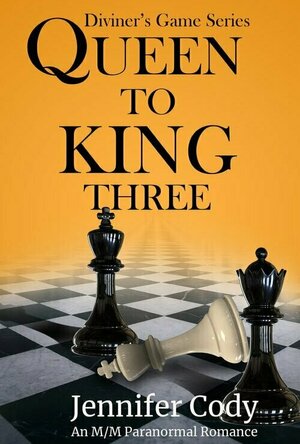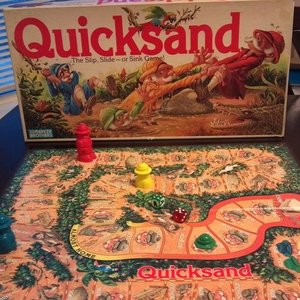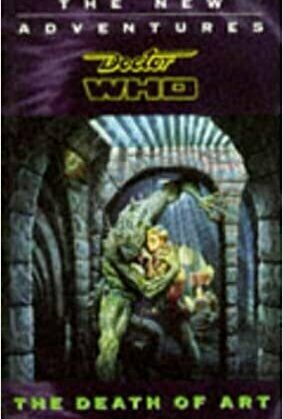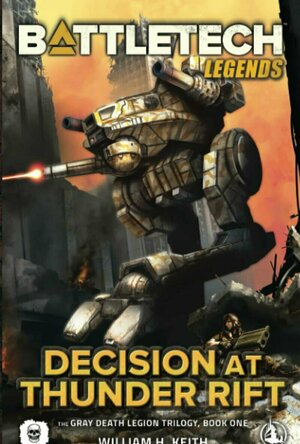
Queen to King Three (Diviner's Game #3)
Book
Robbie: I never would have guessed that the best thing to happen to me would be getting abandoned...
MM Paranormal Romance Student-Teacher
LeftSideCut (3776 KP) rated Beauty and the Beast (1991) in Movies
Nov 22, 2020
The aesthetic is quintessential Disney fairytale material, alternating between the bright and colourful un-named village that Belle lives in, to the dark and gothic castle where The Beast resides. The animation is wonderful, especially when it comes to characters. Characters such as Cogsworth, Lumiere, and Mrs. Potts are bought to life in such a vibrant manner, it's another argument for why the live action adaptions will never quite capture the same magic, and the likes of Belle, The Beast, and Gaston are memorable and visually iconic Disney inhabitants.
The story is straight down the middle for this kind of thing, but it's crowd pleasing, heart warming, with a perfect helping of melancholy, a formula that has always been Disney's bread and butter along with catchy songs. I struggle to get on board with musicals for the most part but some of the music demonstrated here is superbly written and occasionally beautiful.
Beauty & The Beast is classic Disney through and through. It's truly timeless and will be enjoyed for generations to come.
Joe Goodhart (27 KP) rated Doctor Who: The Death of Art in Books
Nov 30, 2020
Jump ahead to now, I have been re-visiting key 7th Doctor NAs (sorry, but anyone who thinks NuWHO is groundbreaking or mentally stimulating, needs to read some of these and re-evaluate that statement. Just steer clear of this one!). This one was next on my list, as I wanted to give it a second chance, as my mind is so much more freer these days.
Unfortunately, my original opinion still stands for me: this book is rubbish! The beginning is interesting, but then goes so far out of the loop with that Chapter about alien race the Quoth. When Simon Bucher-Jones is on his game, he is A-MAZ-ING, not unlike Brian Michael Bendis when he writes his own creations, but when he sucks like this? <b>PEEEEE-YOOOO!</b>
By all means, do not waste any time, energy, etc. trying to endure this! Your mind will hate for years to come!

Talking Babsy Baby
Lifestyle and Entertainment
App
Talk to the Talking Babsy Baby girl. She answers with her funny voice and reacts to what you say or...

The Accidental World
Book
If my return is delayed, then you are in danger.Set your plan into motion.Appropriate dress is...

Century: Eastern Wonders
Tabletop Game
Centuries ago, the lucrative spice trade compelled the prosperous nations of the world to explore...
BoardGames 2018Games SpiceGames

Quicksand
Tabletop Game
The object of the game is to be the first player to get your adventurer around the board from START...
BoardGames RetroGames GreatArtGames
David McK (3633 KP) rated Decision at Thunder Rift: Book One of The Saga of the Gray Death Legion in Books
Mar 9, 2025
Giant stompy robots, very much - it seems to me - the Western version of Japanese mecha.
A board (miniatures) game that's been around since the 1980s, with a fair few PC games and other associated elements spin-offs.
With said spin-offs including a series of novels which - although aware they existed (in much the same way as do Start Trek or Dr Who novels) I never really read any of them - I think I might have tried one, back in the mid 90s or so, but it was forgettable at best.
So, when I was recently looking for something light to read in between bouts of heavier literature (I hate that word), I thought I would give this one a try, since it is - apparently - #1 in the entire series, and since it was on sale for something silly like 99p on Kindle.
What I got was pretty much what I expected: a sci-fi war story, where the 'mechs are basically the equivalent of futuristic tanks, with a light smattering of intrigue but with the real draw, of course, being on the mech vs mech action.
I might pick up some more in the series, but don't think I'll be going out of my way to do so.
Purple Phoenix Games (2266 KP) rated Samurai Spirit in Tabletop Games
Jun 12, 2019
As a Samurai, you spend your life traveling across the land to help those in need. Most recently, you and a handful of other Samurai have been contracted by a small village to defend them against a clan of invading raiders. Only by working together, and by using your extensive training, will you succeed in keeping this village safe!
Samurai Spirit is a cooperative game of press-your-luck. Players take on the role of a Samurai, each with a unique power, and take turns drawing cards and fighting off the invaders or offering support to your fellow Samurai. Invaders can have recurring negative effects, so strategize wisely on how best to combat them and see how far you can push your luck each round. If you are able to survive through 3 rounds (waves) of invaders with at least one surviving farmstead and family, the Samurai are victorious and the village is saved! If any of the Samurai are killed, or the village has been completely destroyed by invaders, then the game is lost. As a solo game, Samurai Spirit plays essentially the same as in group play, with only 2 main differences – the solo player controls 2 Samurai instead of 1, and the support tokens from the unused Samurai are each available for use once during the game.
For such a neat theme, this game falls short for me. It seems simple enough, but there are areas of ambiguity in the rules that lead to some confusion. For starters, the text size is so small that I am not able to find any information at a quick glance! The text itself is not always clear either – like when, at the end of a round, the rules say to collect all cards used this round, does that include cards that have been discarded due to Samurai abilities? How about the cards of the Intruder stack that are presumably discarded after being revealed? The rulebook offers no clarification, and I honestly still don’t know the right answer.
The order/layout of the rules feels mismatched too – relevant information is not always grouped together, and I find myself flipping between several pages at a time trying to figure out one single thing. For example, in the ‘Fight’ action description, it says that if you reach your Kiai value exactly, you can activate your Kiai ability. You have to turn the page to a different section to see exactly what activating that ability means, and then you have to flip an additional 2 more pages to see what each individual Kiai ability is! Why not just put them all in one place? It would certainly be easier to understand if all relevant information was grouped together.
The prominent mechanic of Samurai Spirit is press-your-luck, and I would definitely say that this game is very luck-based. When setting up the game, the initial deck of cards is randomly selected and that can impact whether or not you are able to complete certain requirements each round – if there aren’t enough hat/farm/doll cards for each Samurai, you are guaranteed to incur a penalty at the end of every round. Actual gameplay is very luck-based too, and for me it feels like there are no good ways to strategize – your choices are all dependent on the luck of the draw. You can push your luck to draw more cards and use special abilities, but since you are suffering from recurring penalties each turn, it feels futile to keep going at a certain point.
For me, Samurai Spirit is repetitive and kind of boring – suffer penalty, draw card, and repeat until you eventually pass or the deck runs out. It’s like a too-complicated version of blackjack in which the deck is stacked against you. It’s such a bummer because the theme and artwork are neat, and the gameplay (in theory, at least) should be effective. But the actual execution is too reliant on luck to be successful.
I do quite a bit of solo gaming, but this game is never one that I willingly decide to play. I honestly only broke it out recently as a refresher for this review. Perhaps it is better at higher player counts, but since that is not where most of my gaming occurs, Samurai Spirit is a dud for me.
https://purplephoenixgames.wordpress.com/2019/02/06/solo-chronicles-samurai-spirit/




